Introduction
Lever action rifles have a storied place in the history of firearms, often evoking images of the American frontier and the Old West. Known for their distinctive lever mechanism and rapid-fire capability, these rifles have been a popular choice for hunters, sport shooters, and firearm enthusiasts for over a century. This article provides a comprehensive overview of lever action rifles, exploring their history, mechanics, and modern-day applications.
The History of Lever Action Rifles
Early Development and Origins
The development of lever action rifles began in the mid-19th century, a time when firearm technology was rapidly evolving. The first successful lever action design was the Henry rifle, patented by Benjamin Tyler Henry in 1860. This rifle was chambered for a .44 caliber rimfire cartridge and featured a tubular magazine, allowing for a relatively high capacity of ammunition.
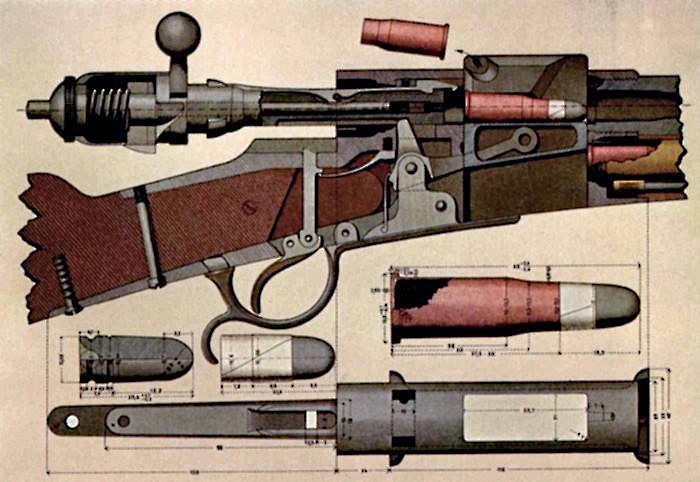
The Iconic Winchester Rifle
The Winchester Repeating Arms Company built on the success of the Henry rifle with the introduction of the Winchester Model 1866, also known as the “Yellow Boy” due to its distinctive brass receiver. The Winchester Model 1873, often referred to as “The Gun That Won the West,” further popularized the lever action design, solidifying its place in American history.
Lever Action Rifles in the Old West
Lever action rifles became symbols of the American frontier, used by cowboys, lawmen, and settlers. Their rapid-fire capability and reliability made them ideal for hunting and self-defense in the vast, often dangerous territories of the West.
Mechanics of Lever Action Rifles
How Lever Action Rifles Work
The defining feature of a lever action rifle is its lever, which is located beneath the trigger guard and connected to the firing mechanism. To chamber a round, the shooter pulls the lever down and forward, which ejects the spent cartridge case from the chamber and cocks the hammer. As the lever is returned to its original position, it feeds a new cartridge into the chamber, readying the rifle for the next shot.
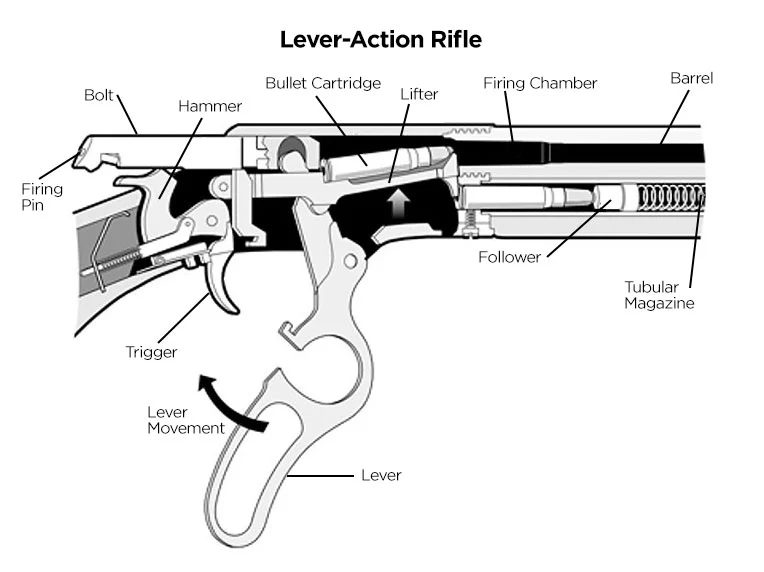
Advantages of the Lever Action Design
Lever action rifles offer several advantages, including:
- Speed: The lever action allows for quick follow-up shots, making it faster than bolt-action rifles.
- Simplicity: The design is relatively simple, making it easy to operate and maintain.
- Versatility: Lever action rifles are available in a wide range of calibers, suitable for everything from small game hunting to big game.
Limitations of Lever Action Rifles
Despite their advantages, lever action rifles have some limitations:
- Magazine Capacity: Lever action rifles typically use tubular magazines, which can limit the number of rounds they can hold compared to modern semi-automatic rifles.
- Ammunition Length: The tubular magazine design also restricts the use of pointed bullets, as the tip of one round rests against the primer of the next, which can be unsafe.
Types of Lever Action Rifles
Classic Lever Action Rifles
- Winchester Model 1873: Known as “The Gun That Won the West,” the Winchester Model 1873 is one of the most iconic lever action rifles ever made. It was chambered in various calibers, including .44-40, .38-40, and .32-20.
- Marlin Model 1894: Another classic lever action rifle, the Marlin Model 1894, was known for its robust design and side ejection port, making it easier to mount a scope.
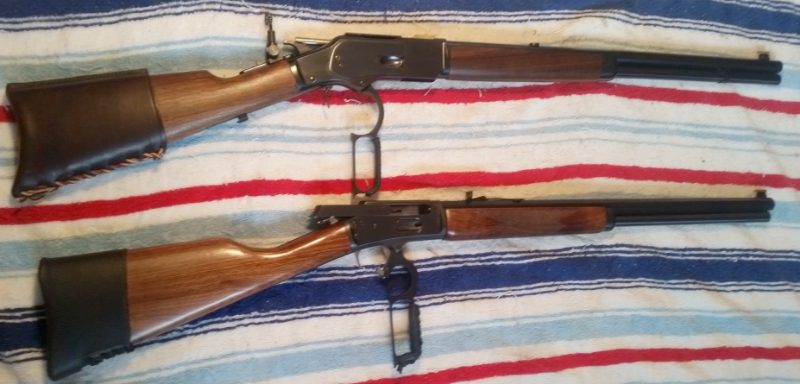
Modern Lever Action Rifles
While lever action rifles are often associated with the past, modern versions are still in production and continue to evolve. Companies like Henry Repeating Arms and Marlin Firearms produce contemporary lever action rifles that incorporate modern materials and manufacturing techniques.
- Henry Big Boy Series: The Henry Big Boy series offers lever action rifles chambered in calibers such as .357 Magnum, .44 Magnum, and .45 Colt, making them suitable for both hunting and target shooting.
- Marlin 336: The Marlin 336 is a popular modern lever action rifle, known for its reliability and available in calibers like .30-30 Winchester and .35 Remington.
Lever Action Rifles in Hunting
Ideal Game for Lever Action Rifles
Lever action rifles are particularly well-suited for hunting in dense forests and brush, where quick follow-up shots may be necessary. The .30-30 Winchester caliber, in particular, is a favorite among hunters for its balance of power and recoil, making it effective for deer and other medium-sized game.
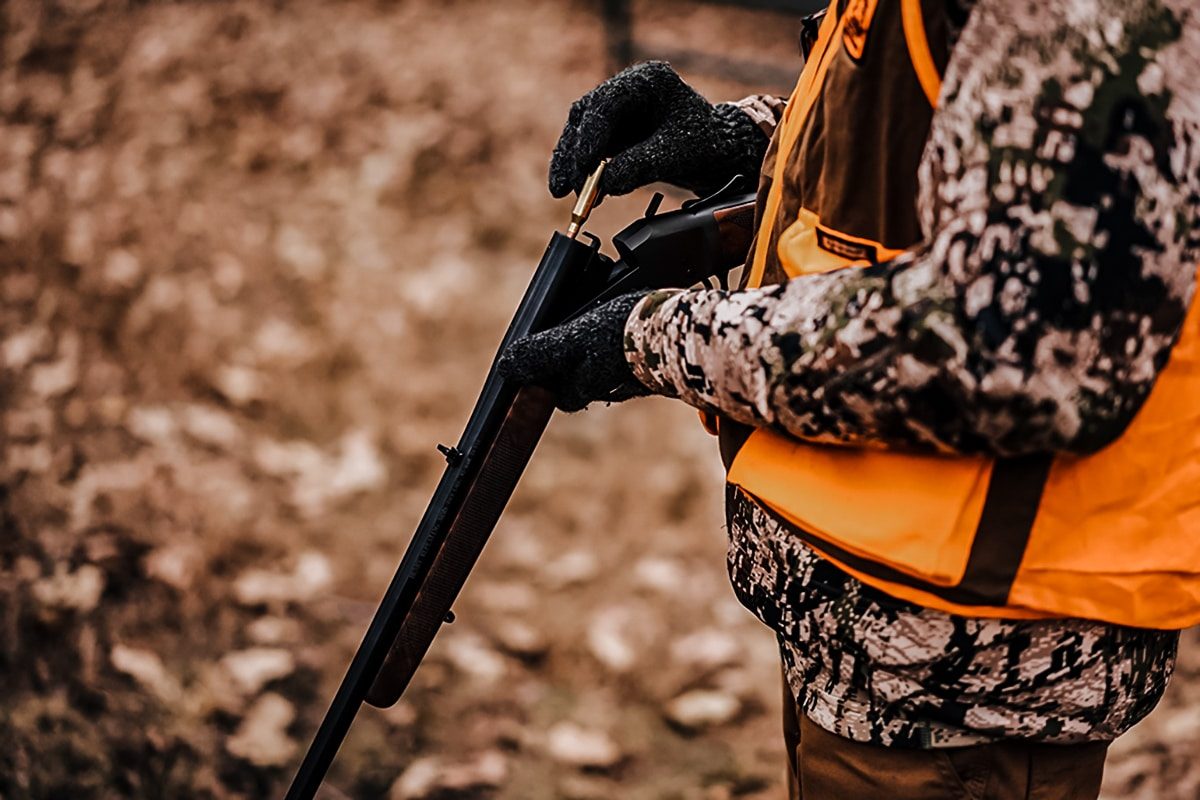
Calibers and Their Uses
- .22 Long Rifle: Ideal for small game hunting and plinking, the .22 LR is a popular choice for lever action rifles like the Marlin Model 39A.
- .45-70 Government: A powerful caliber suitable for big game hunting, including bear and moose, the .45-70 is often chambered in larger, heavier lever action rifles like the Marlin 1895.
Lever Action Rifles in Modern Sport Shooting
Cowboy Action Shooting
Lever action rifles are a staple in Cowboy Action Shooting, a competitive shooting sport that mimics the firearms and scenarios of the Old West. Competitors use period-correct lever action rifles, revolvers, and shotguns to engage in timed shooting stages.
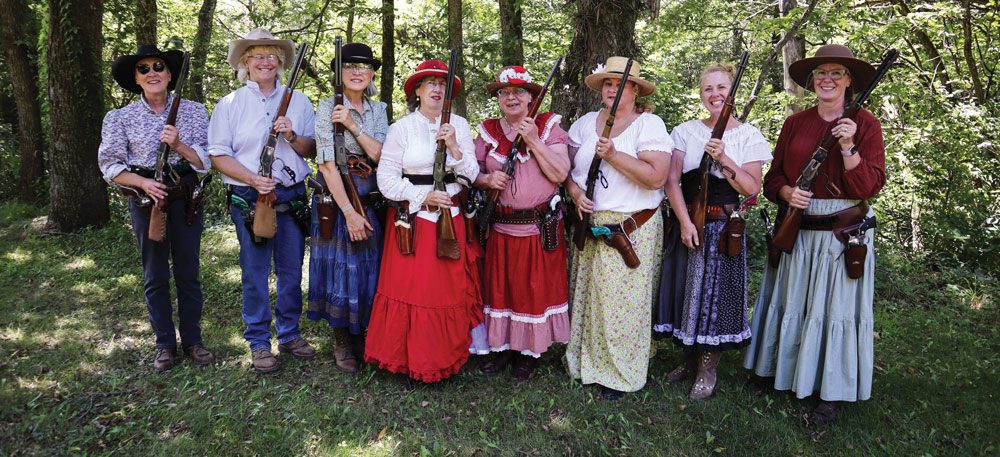
Lever Action Rifles for Target Shooting
Modern lever action rifles, equipped with optics and chambered in various calibers, are also used for target shooting. Their accuracy and the ability to quickly cycle rounds make them enjoyable for both casual shooters and competitors.
Customization and Accessories
Sights and Optics
While traditional iron sights are standard on lever action rifles, many shooters opt to add optics such as scopes or red dot sights for improved accuracy. Modern lever action rifles often feature drilled and tapped receivers, making it easy to mount scopes.
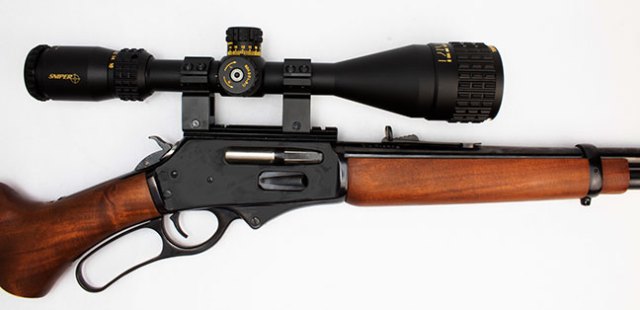
Stocks and Finishes
Lever action rifles are available with a variety of stocks and finishes, ranging from classic walnut to synthetic materials. Custom stocks can add a personal touch, while different finishes, such as blued or stainless steel, offer options for durability and aesthetics.
Recoil Pads and Other Accessories
Adding a recoil pad can enhance shooting comfort, especially when using heavier calibers. Other popular accessories include sling attachments, tactical rails for mounting additional gear, and lever wraps for a more comfortable grip.
Lever Action Rifles in Popular Culture
Western Films and Television
Lever action rifles have been immortalized in countless Western films and television shows. From John Wayne’s iconic use of the Winchester Model 1892 to the lever action rifles featured in shows like “The Rifleman,” these firearms have become symbols of American heritage.
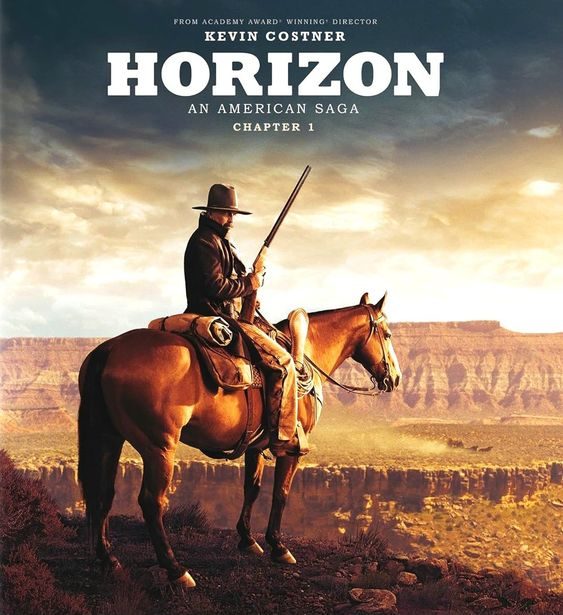
Influence on Modern Media
The influence of lever action rifles extends beyond Westerns, appearing in video games, action movies, and even modern television series. Their unique design and historical significance continue to make them a favorite among filmmakers and audiences alike.
The Future of Lever Action Rifles
Continued Popularity and Production
Despite the prevalence of modern semi-automatic rifles, lever action rifles continue to enjoy popularity among hunters, sport shooters, and collectors. Manufacturers like Henry Repeating Arms and Marlin Firearms are committed to producing high-quality lever action rifles, ensuring that this classic firearm design remains relevant.
Innovations and Modern Adaptations
As technology advances, so do lever action rifles. Innovations such as synthetic materials, improved recoil management, and enhanced optics compatibility ensure that lever action rifles can meet the demands of modern shooters while retaining their timeless appeal.
Conclusion
Lever action rifles are more than just a relic of the past—they are versatile, reliable firearms that continue to hold a special place in the hearts of shooters worldwide. From their origins in the American frontier to their modern applications in hunting and sport shooting, lever action rifles embody a unique blend of tradition and innovation. Whether you’re a history enthusiast, a hunter, or a competitive shooter, there’s a lever action rifle that fits your needs.
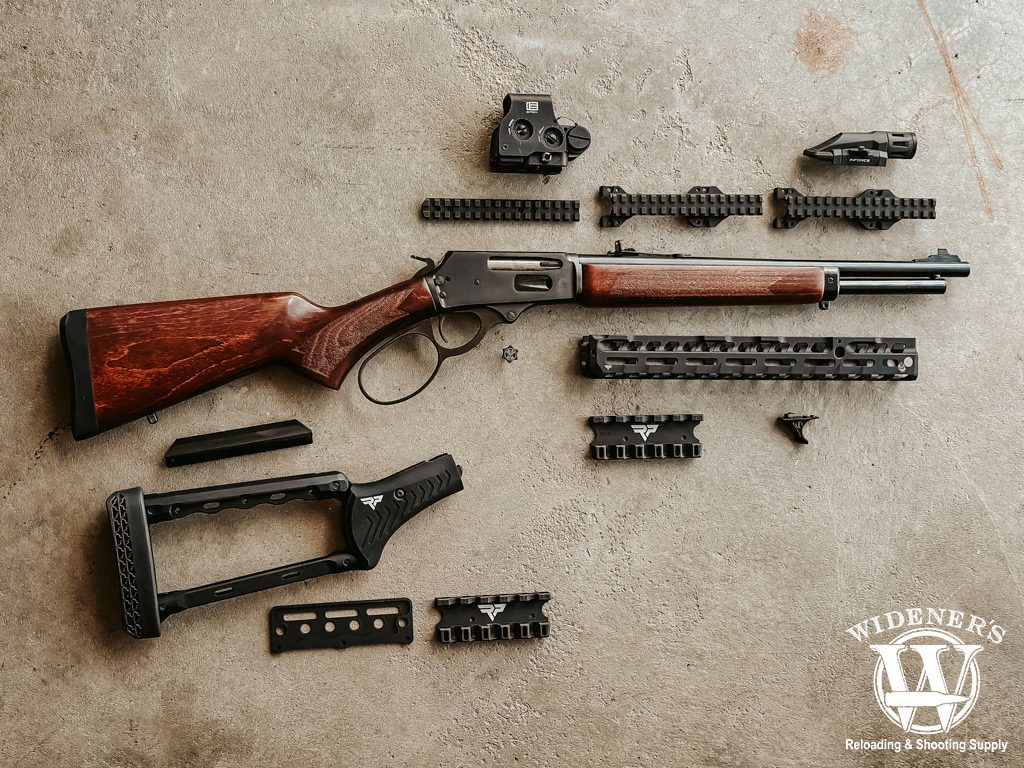
FAQs
1. What makes a lever action rifle different from other types of rifles?
A lever action rifle is distinguished by its lever mechanism located beneath the trigger guard. This lever is used to chamber a new round by cycling it down and forward, then back to its original position, making it unique compared to bolt-action or semi-automatic rifles.
2. Are lever action rifles still practical for hunting today?
Yes, lever action rifles are still very practical for hunting, particularly in dense forests or brush where quick follow-up shots are essential. Their versatility in caliber selection also makes them suitable for hunting various game.
3. Can modern optics be mounted on lever action rifles?
Many modern lever action rifles come drilled and tapped for scope mounts, allowing users to easily add optics like scopes or red dot sights for enhanced accuracy.
4. What calibers are commonly used in lever action rifles?
Common calibers for lever action rifles include .30-30 Winchester, .357 Magnum, .44 Magnum, .45-70 Government, and .22 Long Rifle. Each caliber serves different purposes, from small game hunting to big game hunting.
5. Why are lever action rifles popular in cowboy action shooting?
Lever action rifles are popular in cowboy action shooting because they were historically used in the Old West, making them ideal for the sport’s emphasis on period-correct firearms and scenarios.
